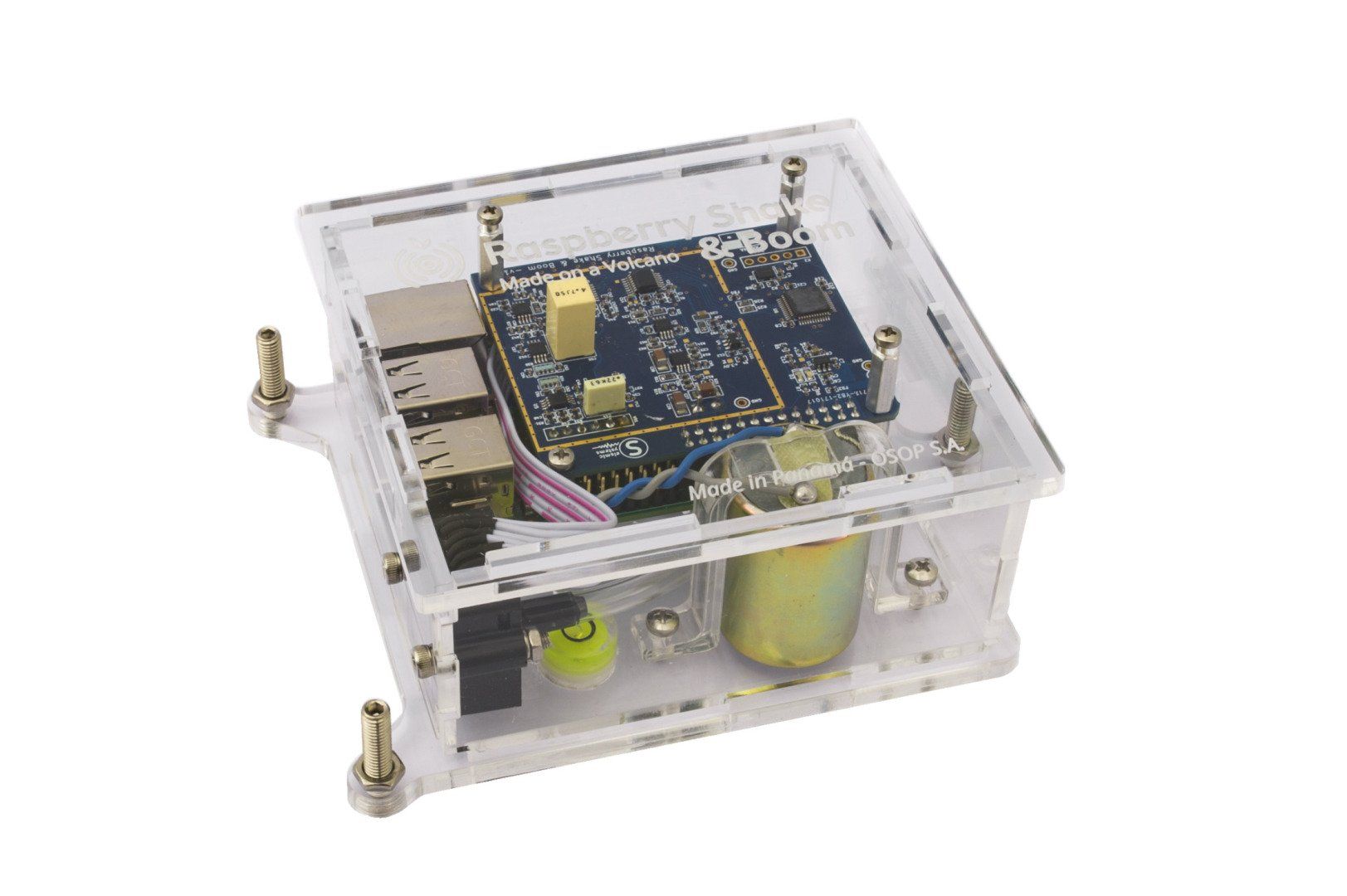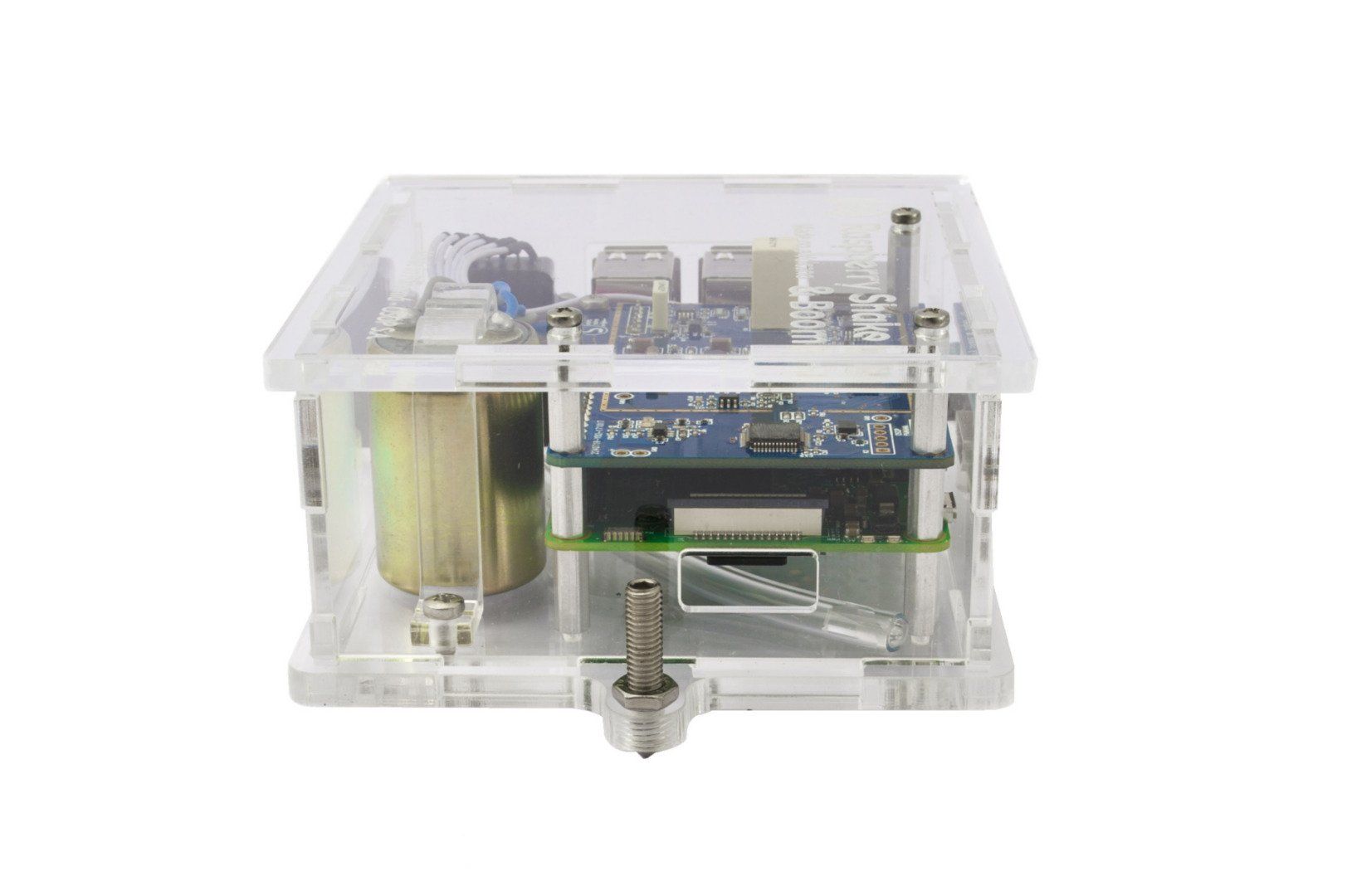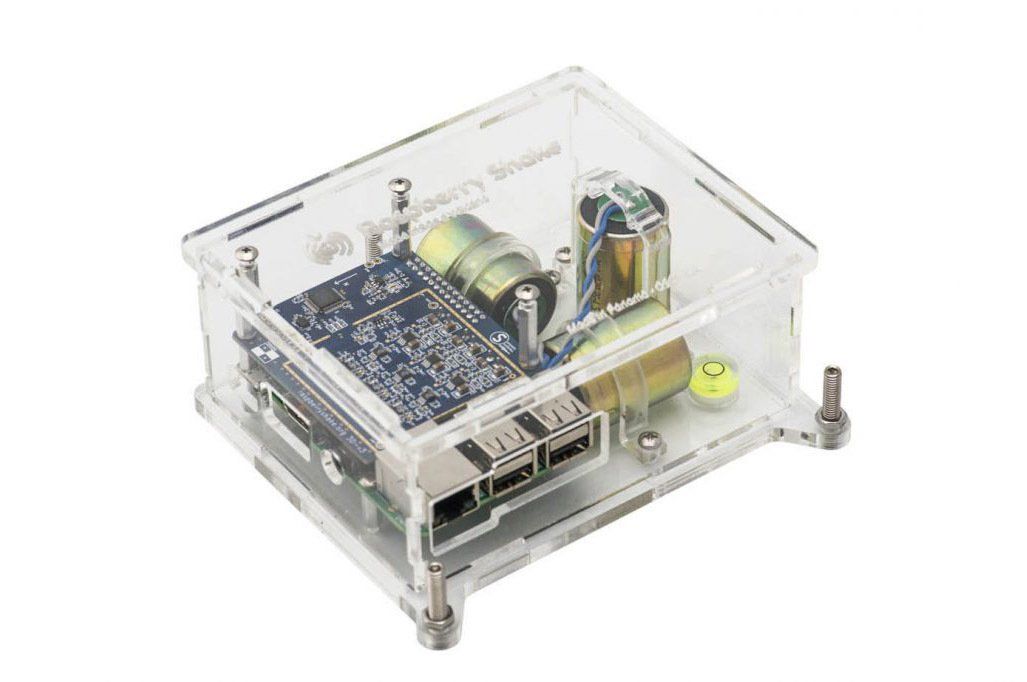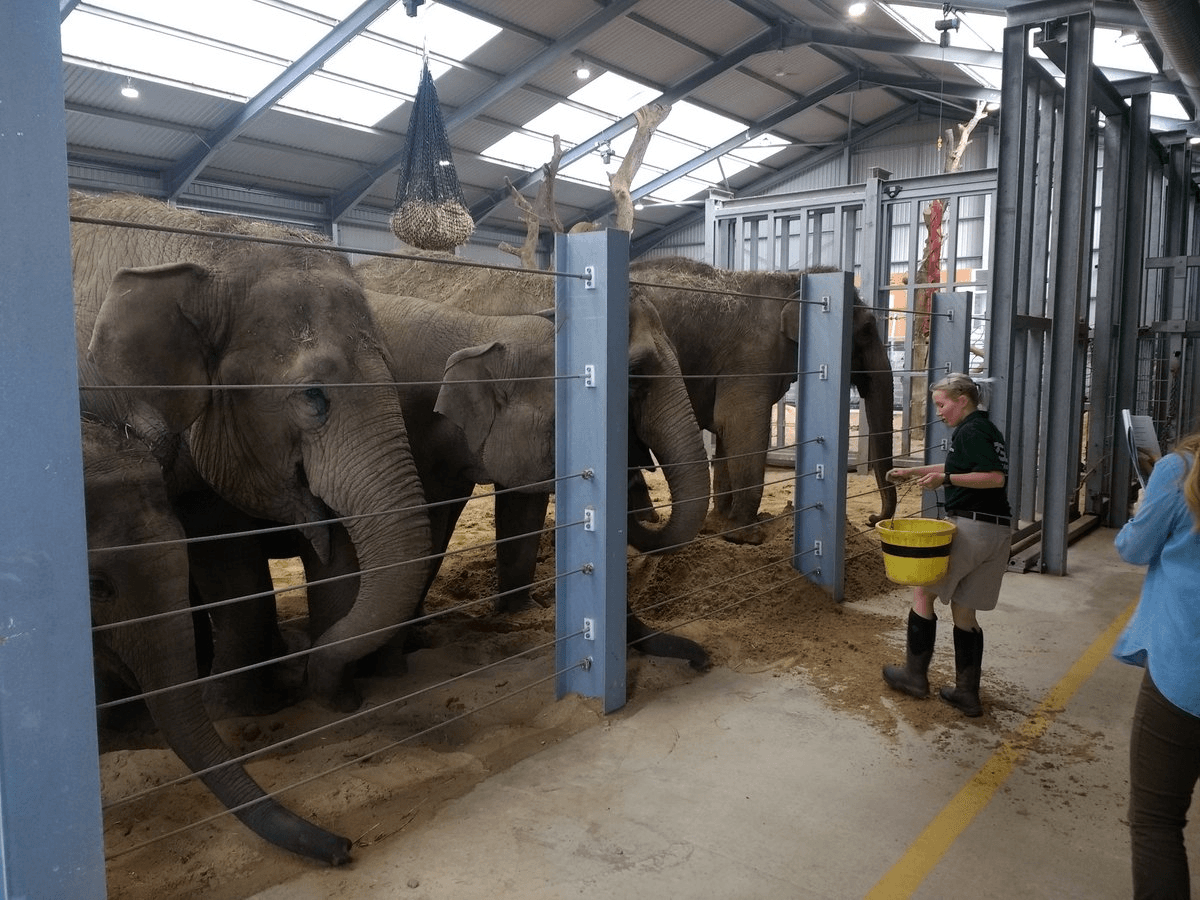Owlquakes
Owlquakes
Measuring the crowd response to Sheffield Wednesday's home goals
Measuring the crowd response to Sheffield Wednesday's home goals
Back
in the heady days of the 2015-16 season the excitement of the fans was being
registered by a team of seismologists from the University of Leicester and the
British Geological Survey.
They had
installed a seismometer in Hazel Road Primary school just 500m from the King
Power stadium and were picking up seismic tremors every time City scored a home
goal.
They labelled the phenomenon
“vardyquakes” and it was picked by the press and became an international viral
news story.
Back
in the heady days of the 2015-16 season the excitement of the fans was being
registered by a team of seismologists from the University of Leicester and the
British Geological Survey.
They had
installed a seismometer in Hazel Road Primary school just 500m from the King
Power stadium and were picking up seismic tremors every time City scored a home
goal.
They labelled the phenomenon
“vardyquakes” and it was picked by the press and became an international viral
news story.
What are we measuring?
What are we measuring?
We're using Raspberry Shake seismometers
to measure ground vibrations caused by crowd movement. All impact and vibration -- crowds celebrating a goal or dancing, traffic, quarrying, fracking, explosions, earthquakes, etc. -- cause vibrations in the ground which can be picked up by seismometers.
What does this tell us?
The measurements show which home goal got the biggest crowd reaction this season. Usually, the seismic signal, measured as a single line, consists of an initial spike when the goal is scored and home fans leap to their feet, followed by a gradual decay as the fans settle down and the game moves on. The bubble plots show the maximum intensity reached.
Unfortunately, because of variables like stadium structure, background noise from traffic etc., crowd sizes and underlying geology, it isn't possible to make meaningful comparisons between the measurements at different stadiums.
By coincidence, the park next to the stadium was hosting the Tramlines
festival from the 19th to the 21st of July. The main stage area was only about 300m from the seismometer location and the seismometer picked up vibrations caused by festival-goers dancing.
On the 8th of August, just after midnight, there was a magnitude 5.8 earthquake in the Hindu Kush region (about 9000km away) . The seismic waves from this earthquake arrived in the UK after travelling for about 9 minutes through the earth’s mantle and were clearly detected by the sensor at Hillsborough.









